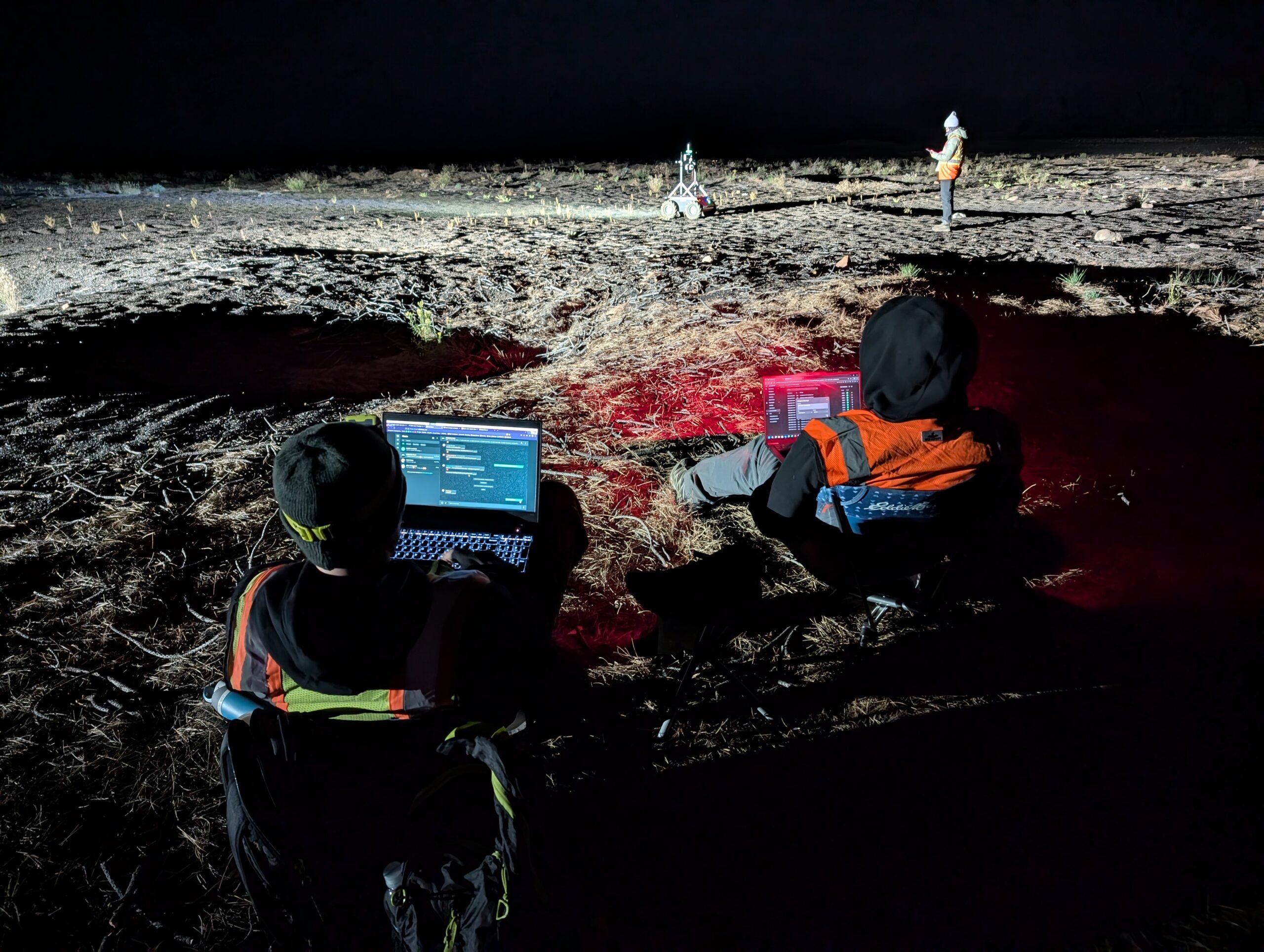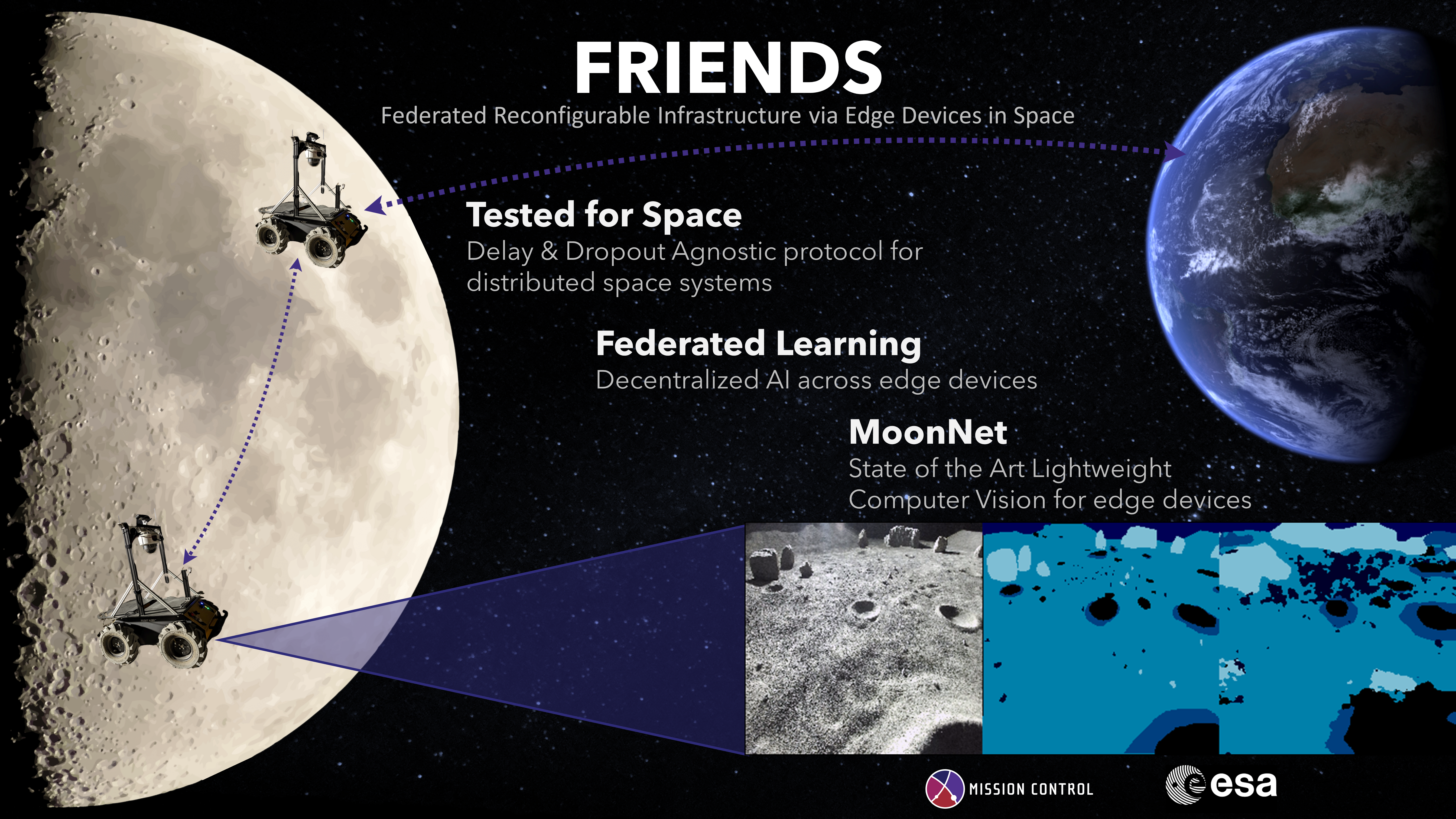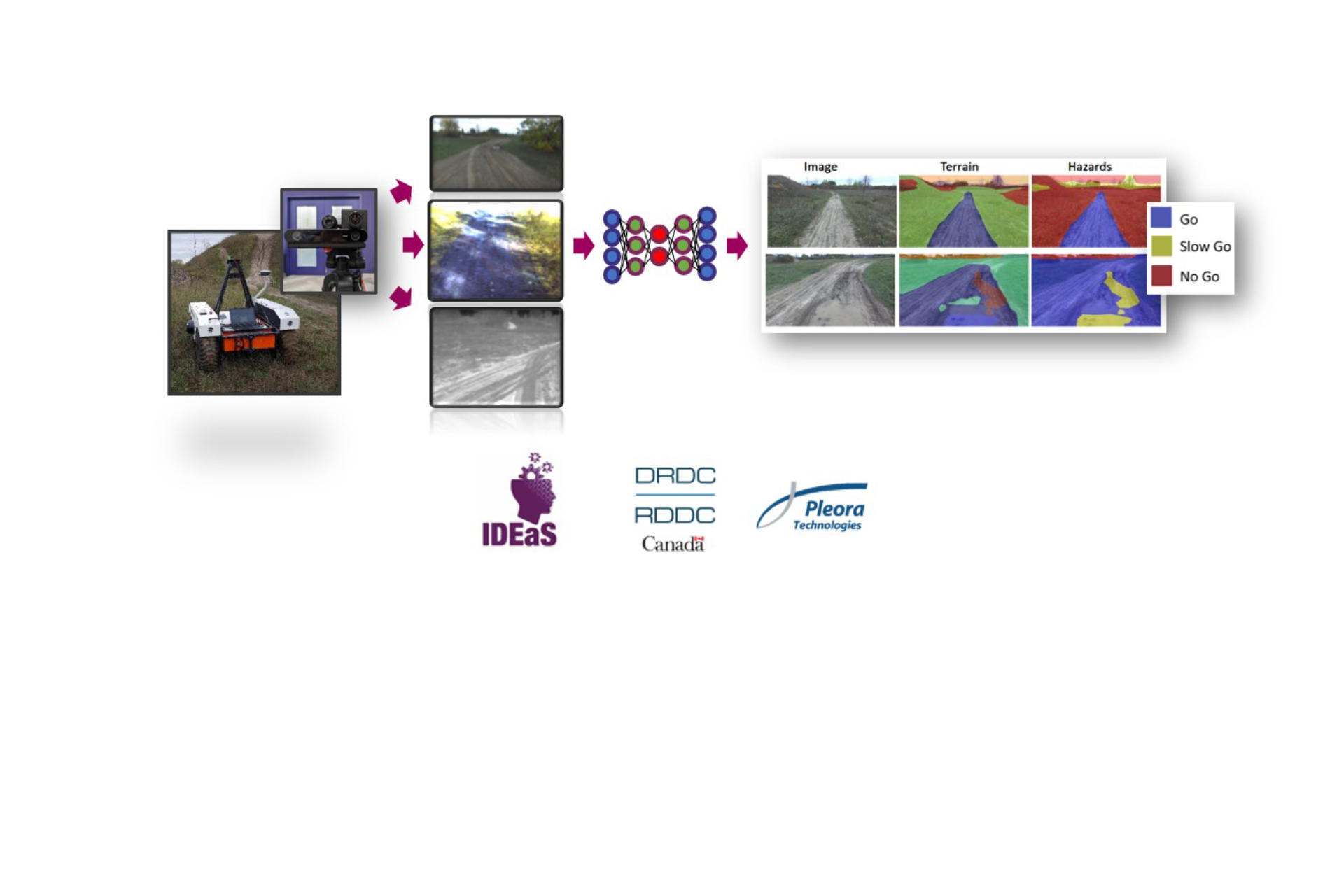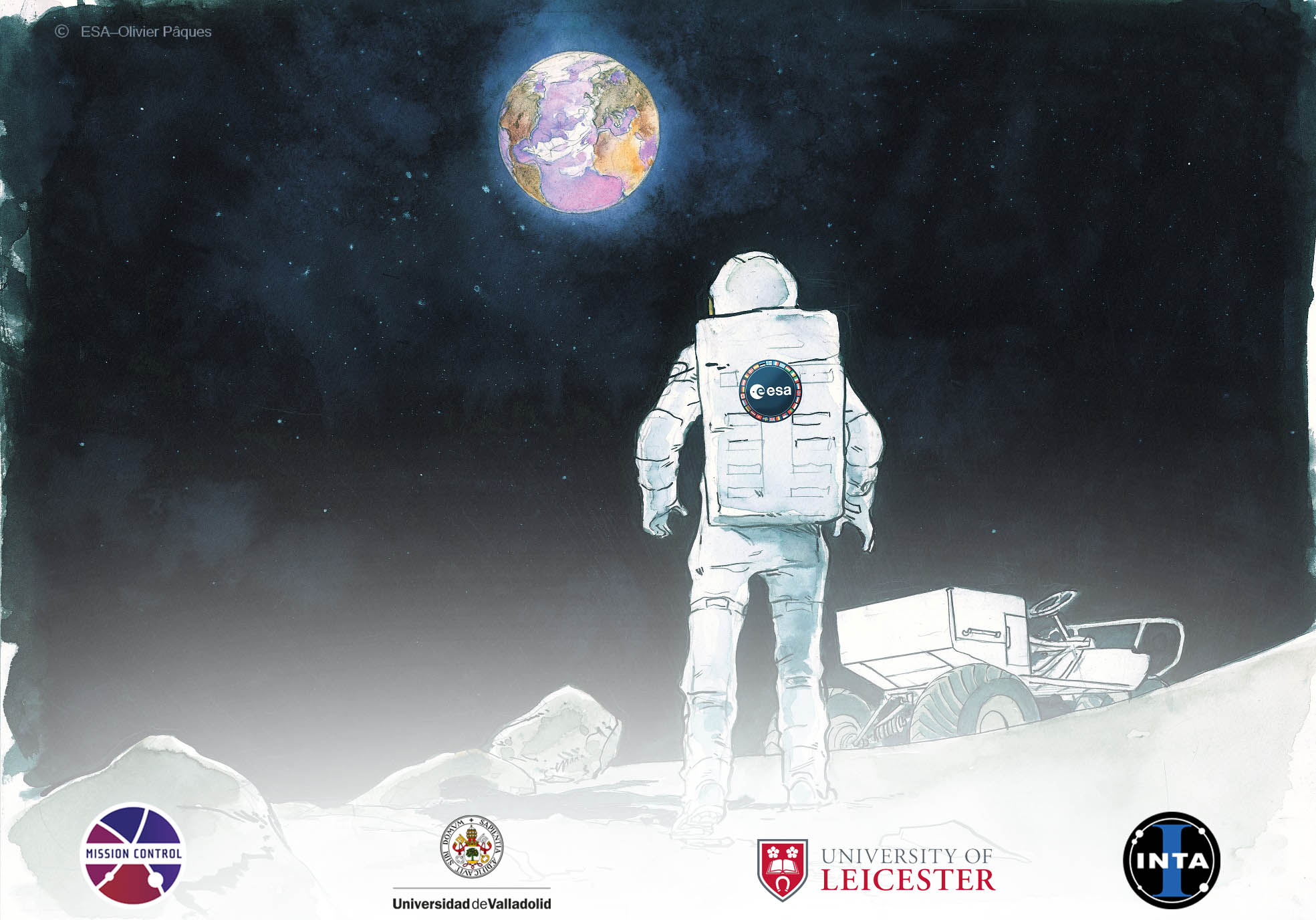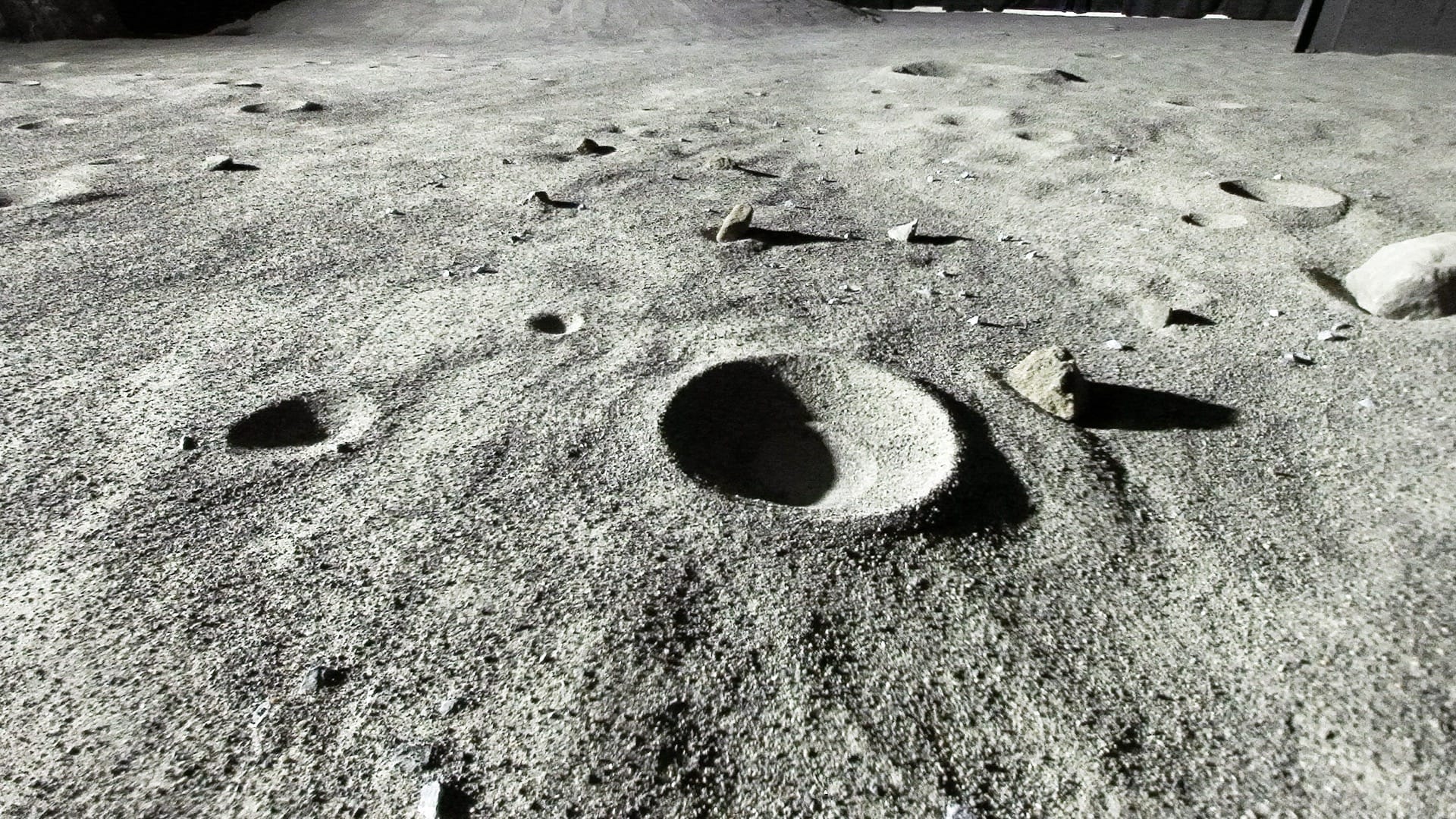Mission Control is leading a world-class team of technology and science experts to develop I-SPI, a novel AI-integrated lunar infrared imaging instrument for lunar rovers.
Given the increasing interest in returning to the Moon for scientific exploration and human settlement, we must answer key science questions about the nature of lunar volatiles and water ice in cold traps. I-SPI (Intelligent Sensing and Perception in Infrared) represents a new wave of AI-integrated smart sensors and instruments that will unlock greater science return from space exploration missions.
ADVANCED AI
I-SPI Phase 0 was completed in 2021, funded by the Canadian Space Agency Lunar Exploration Accelerator Program. The instrument’s AI system builds on Mission Control’s previously developed AI technologies for planetary terrain classification in CSA-funded projects, like ASAS-CRATERS.
I-SPI will classify geological features from the rover’s navigation camera to help the rover intelligently make science-driven decisions about instrument targeting and data downlink. This helps ensure that the most scientifically relevant data is returned to Earth in timely fashion, where our distributed science team will leverage the core Mission Control Software Platform to conduct operations.
LUNAR IMAGING
I-SPI’s infrared imaging system will measure thermal infrared emission in the 2.9-100 µm range for mapping lunar surface temperature, identifying water ice volatiles, and characterizing surface mineralogy. The temperature and volatile measurements will answer key questions about cold traps expected to be found in permanently shadowed regions within craters at the north and south poles.
I-SPI will be the first lunar surface science instrument capable of detecting both cold traps and water ice from a stand-off distance of 5m or more, without an active lighting source.
Additionally, I-SPI will be the first to investigate the feasibility of rover navigation using low-power thermal infrared imaging alone, a beneficial strategy for navigation in environments with poor lighting conditions.
EXPERT TEAM
We are pleased to work with our sensor partner, Institut National d’Optique (INO)—Canada’s largest centre of expertise in optics and photonics, as well as with our core science team: Dr. Ed Cloutis at the University of Winnipeg, Dr. Mike Daly at York University, and Dr. Chris Skonieczny at Concordia University. The extended science team also includes Dr. Ryan Ewing at the Texas A&M University, and Dr. Louisa Preston at the Natural History Museum, London, UK.
PUBLICATIONS
To learn more, you can read our abstract delivered at the 2021 Lunar and Planetary Science Conference: https://www.hou.usra.edu/meetings/lpsc2021/pdf/2767.pdf



